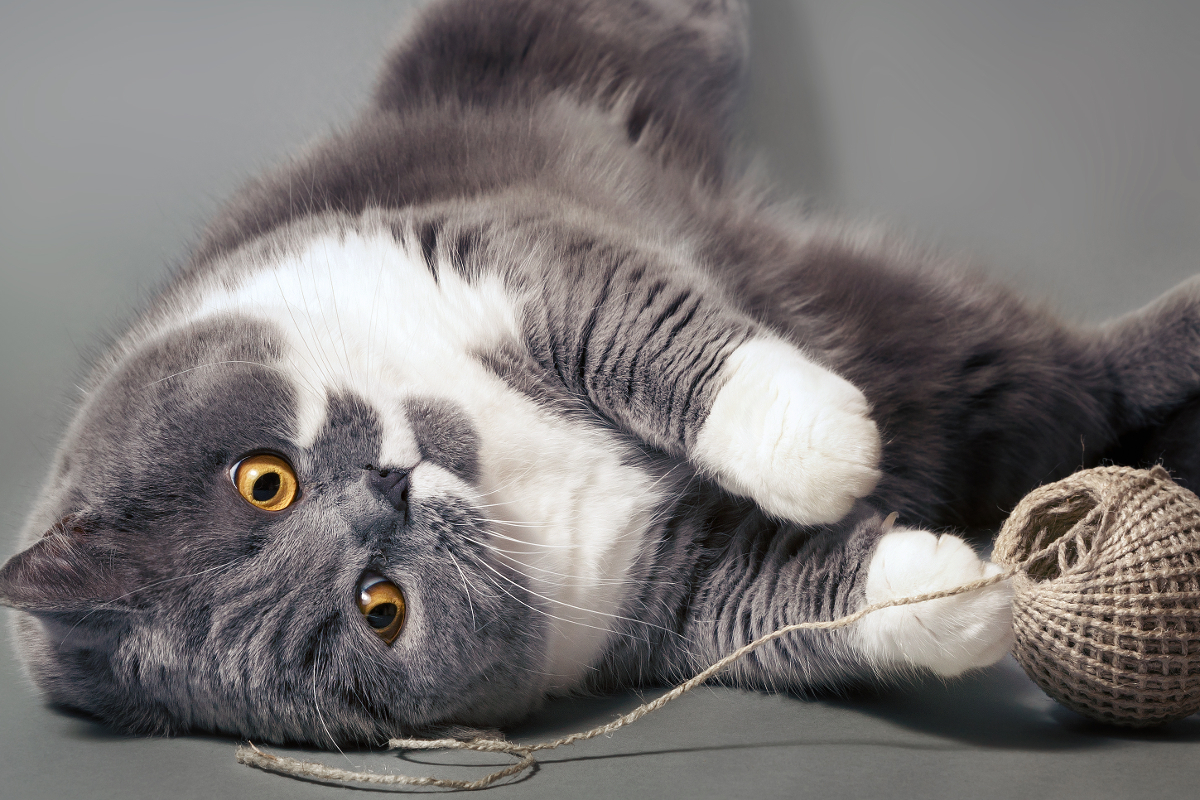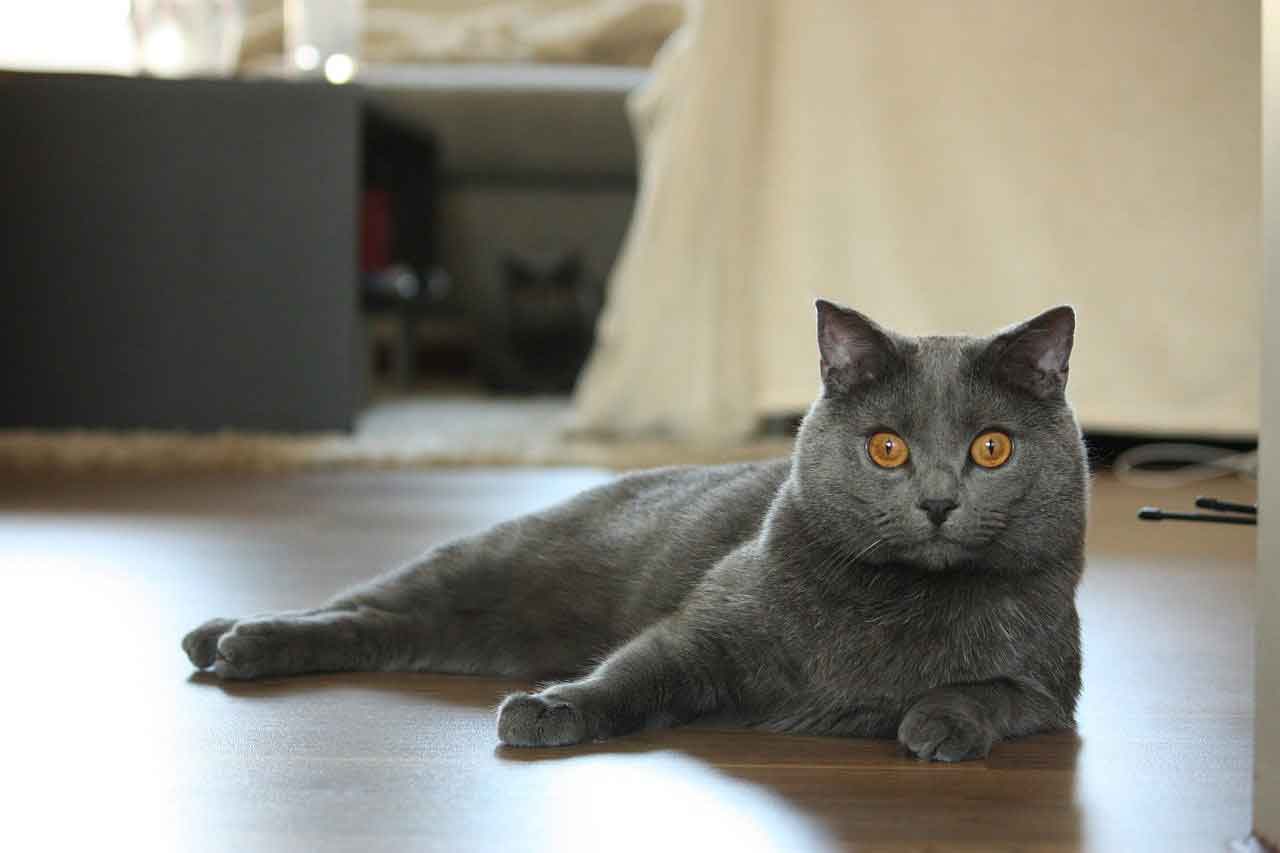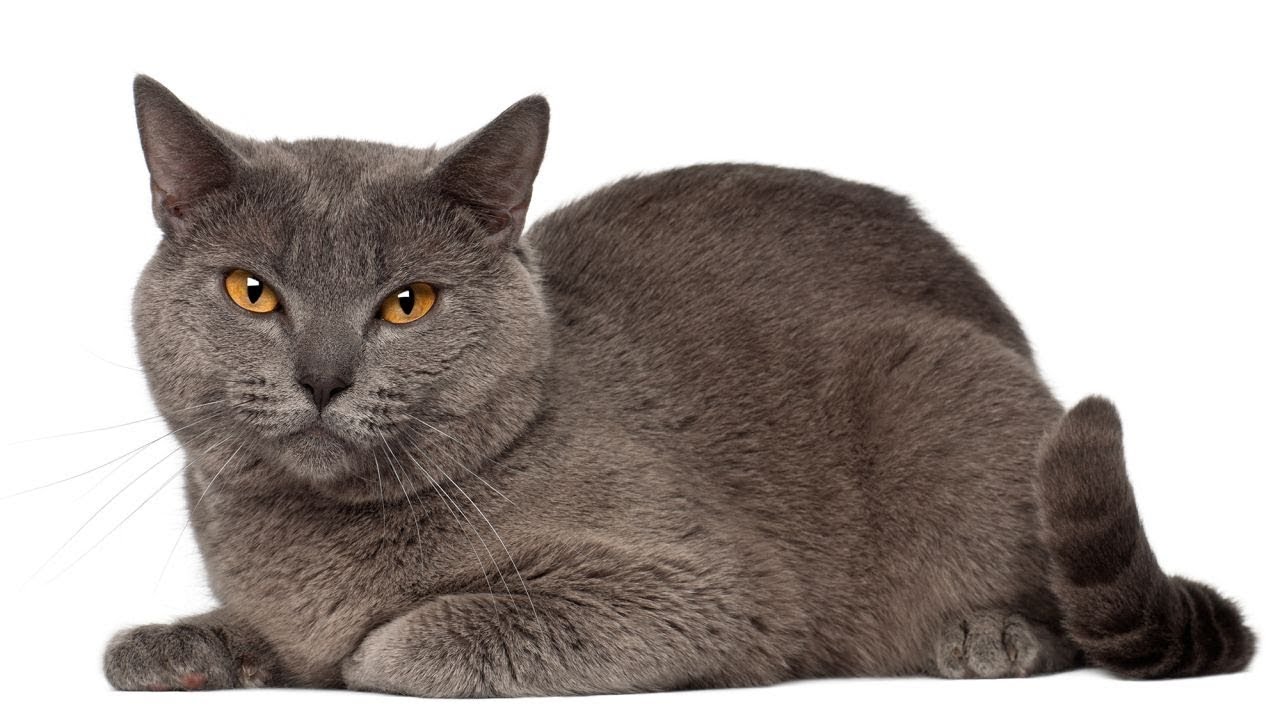
The Chartreux Cat Breed Guide(Characteristics, Temperaments)
The Chartreux Cat or Chartreuse cat is native to France and is not recognized in Great Britain because of its similarities to the blue British Shorthair. However in the rest of Europe and North America, differences between the two breeds are emphasized and it is classed as a separate cat breed. The name, Chartreux, has been associated with this breed since the 16th century. Some historians claim that the breed is named after the Carthusian monastery, the Grande Chartreuse, founded in the 11th century in south-eastern France. Others think that since the breed had a woolly coat, the name was derived from a type of Spanish wool, called “Pile de Chartreux”. The modern history of the breed began on the island of Belle-Ile off the coast of Brittany, France. The Leger sisters discovered a colony of the large blue cats and began to breed them in the late 1920’s.
The first Chartreux was shown in 1931 and later descendants when on to win a number of shows before the Second World War. Like other European breeds, their numbers were decimated during the Second World War and breeders had to reconstruct the breed by mating the few remaining Chartreux with stray blue cats. By 1970 the numbers were sufficient to disallow any further out-crosses. Chartreux were imported to the US during the 1970’s and in 1987 was given championship status by the Cat Fanciers’ Association (CFA). This breed is relatively rare in North America and is characterized by its smiling face, massive body and wooly coat.

| Cat size | Medium/Large |
| Exercise | Moderately Active – requires some exercise |
| Grooming | Minimal grooming – combing once per week |
| Temperament | Easy going, gentle and affectionate |
Contents
Chartreux Cat Characteristics

The Chartreux is a medium to large sized cat breed with large and muscular shoulders and a deep chest. The male is more massive than the female. The Chartreux are slow to mature and males may take five years to reach their full size of 12 to 17 pounds while females will only take 3 years to reach their full size of 7 to 11 pounds. The tail is fairly long and tapers to an oval tip. The female’s coat is silkier than and not as full as the males. The coat of the Chartreux is short- to medium-length, plush, dense, and double-coated and can even feel a bit wooly. The face is large, broad and has wide jowls with a sweet smiling expression. The eyes are large, round and quite expressive and can vary from pale gold to copper to orange with the deeper colors more desirable. The ears are small to medium sized and set fairly high on the head with rounded tips.
Color Varieties
The coat color can be any solid shade of grey-blue ranging from ash to slate, with pale silver highlights at the tips. Clear or evenness of color is prized in judging Chartreux. They have slate-gray nose leather, blue lips and rose-taupe paw pads.
The Temperament Of Chartreux Cat

Chartreux are affectionate, self assured and almost has a dog-like temperament. This is not a lap cat and is content to remain nearby waiting until you are ready to play. Chartreux will exercise in short bursts and can be taught to retrieve. They adapt to most household situations and are quiet, almost mute, with only a high pitched chirp which is used infrequently. They will purr but not meow. Chartreux are calm and quiet companions with lots of patience and can adapt to being left alone during the day. They get along with other animals in the home and adapt well to small or large households. Chartreux get along very well with children, and children love these plush smiling friends. They make great apartments cats, being alert and playful without being destructive and can become quite sedentary after the age of 4 or 5.
Cat Care
Chartreux are very healthy and can live from 15 to 20 years if given sufficient exercise and a healthy diet. Chartreux have a tendency to put on weight after they fully mature and should be fed a calorie restricted diet and encouraged to play more if they are putting on weight. Patellar luxation or displacement of the kneecap is common in some bloodlines and you should discuss the potential for this hereditary disorder with your breeder. The short- to medium-length plush coat is easy to groom and a once per week combing with a steel comb keeps the coat neat.
